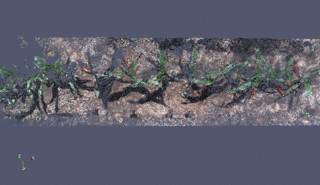
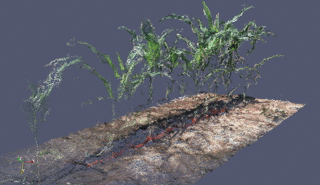
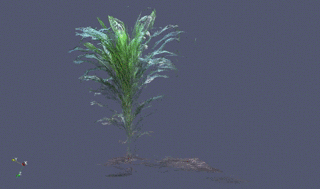
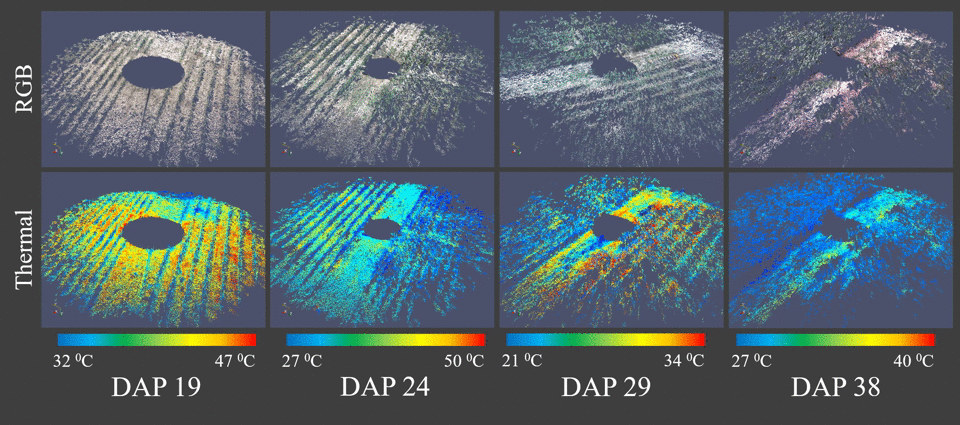
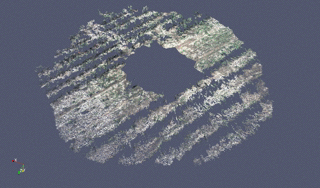
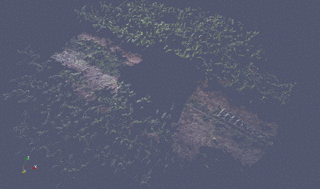
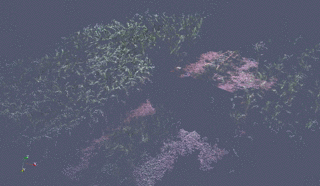
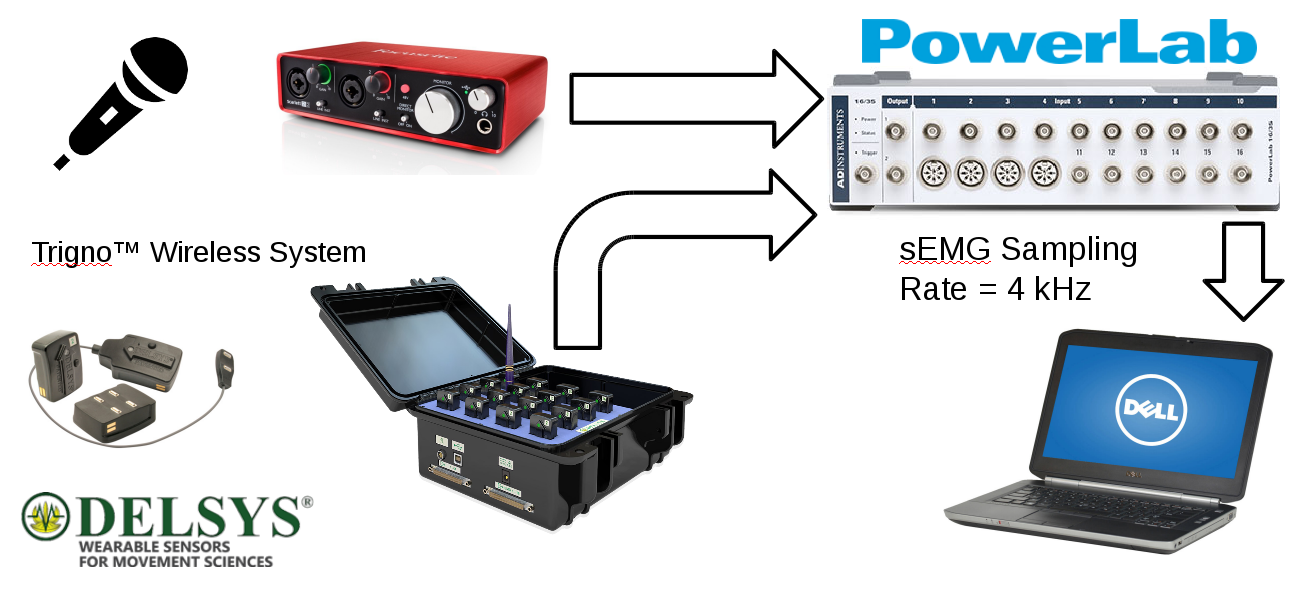
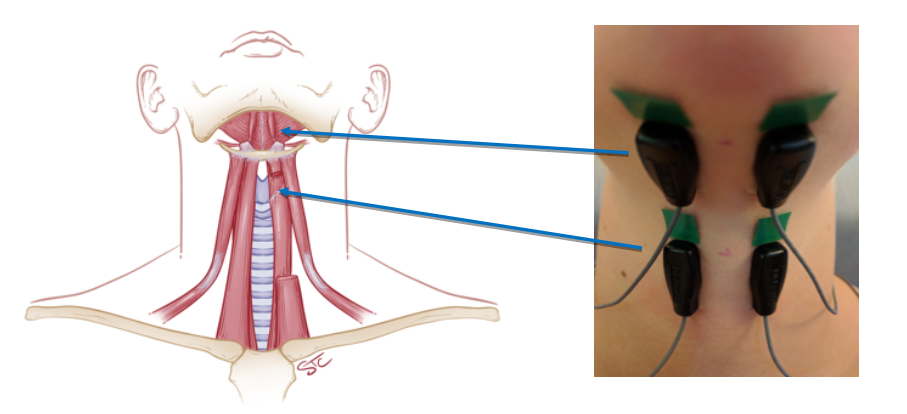
Surface Electromyographic signals (sEMG) find applications in many areas such as rehabilitation, prosthesis and human-machine interaction. Systems reliant on these muscle-generated electrical signals require various forms of machine learning algorithms for recognition of specific signatures. Those systems vary in terms of the signal detection methods, the feature selection and the classification algorithm used, however, in all those cases, the use of multiple sensors and complex analysis and classification algorithms are constant requirements. In this research, we developed a power wheelchair control system that relies on a single sEMG sensor and a new technique for signature recognition that we call Guided Under-determined Source Signal Separation (GUSSS). Compared to other approaches in the literature, the proposed technique relies on a much simpler classifier and uses a very small number of features to achieve reasonable results.
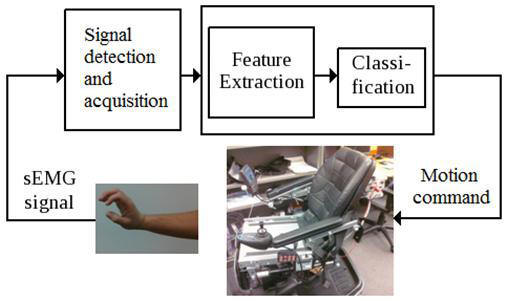
Foreground object detection is an essential task in many image processing and image understanding algorithms, in particular for video surveillance. Background subtraction is a commonly used approach to segment out foreground objects from their background. In real world applications, temporal and spatial changes in pixel values such as due to shadows, gradual/sudden changes in illumination, etc. make modeling backgrounds a quite difficult task.
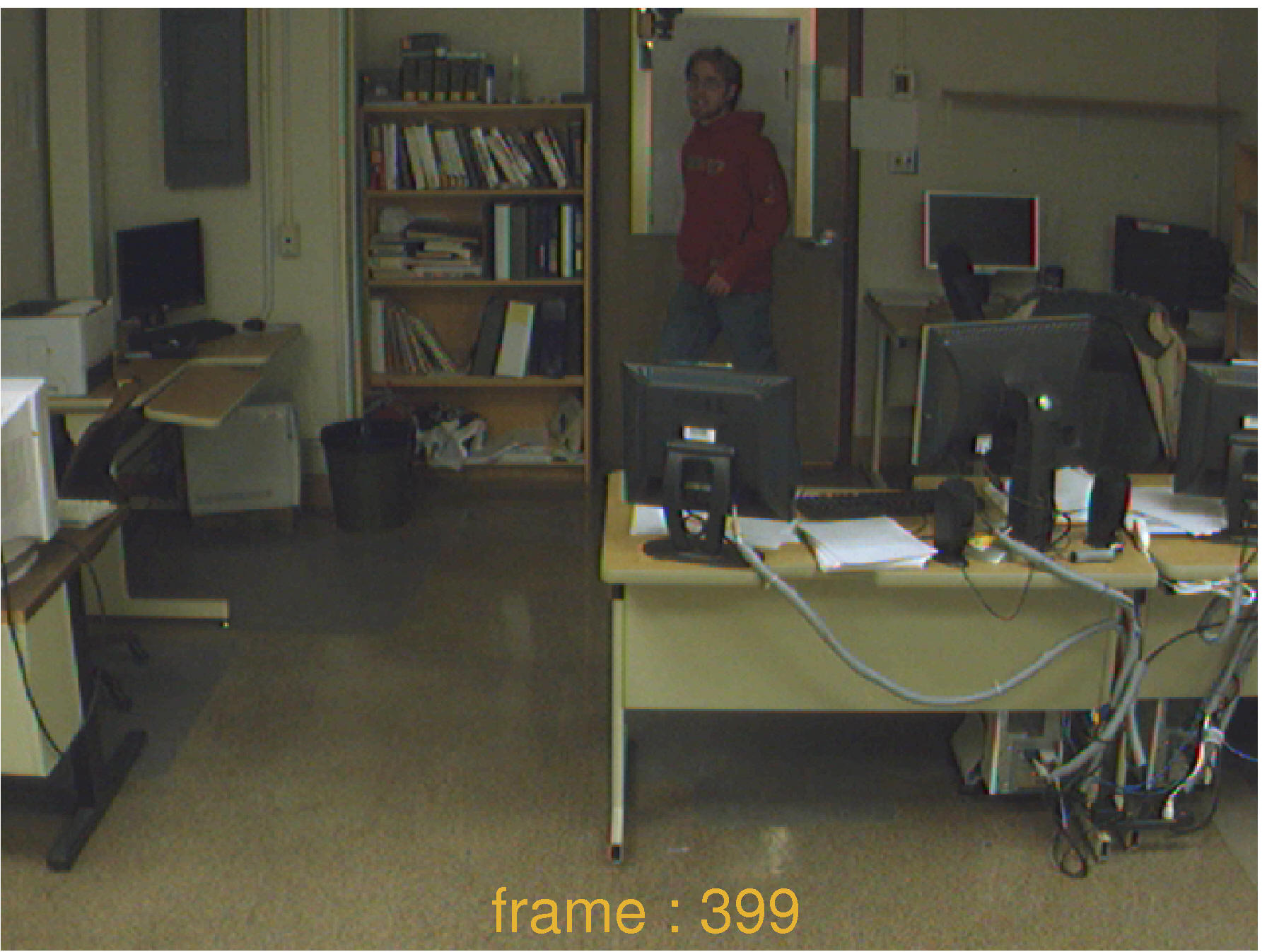
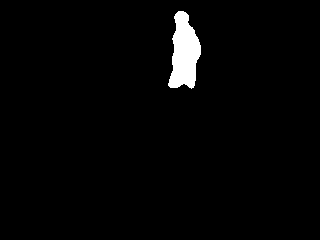
In our work, we propose an adaptive learning algorithm of multiple subspaces (ALPCA) to handle sudden/gradual illumination variations for background subtraction.
Human motion capture has numerous application in human-robot interaction, law enforcement, surveillance, entertainment, sports, medicine, etc. Various methods have been developed to date and they can be categorized into: marker-based or markerless; articulated model-based or appearance-based; single view or multiple view; and so on. Marker-based methods are the simplest ones and therefore are also the methods with most success so far. However, it is obviously not always possible to add markers to the human subjects, and markerless approaches are without a doubt the most general and desirable methods.
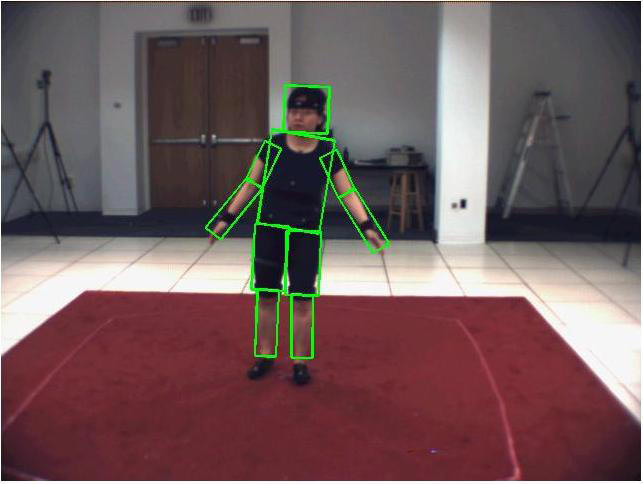
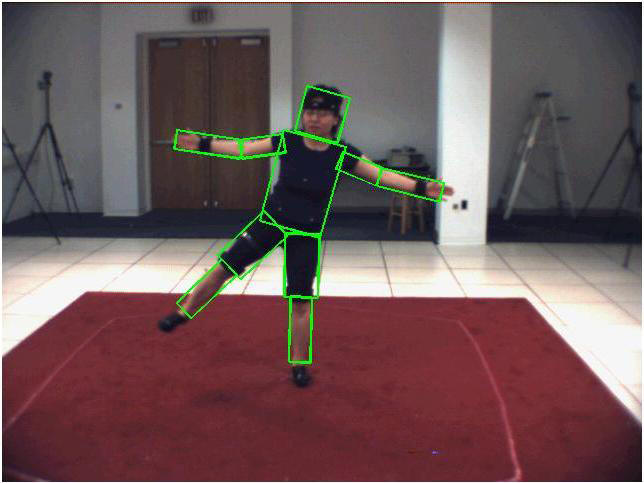
In our work, we explore markerless method for human motion capture. We propose a Bayesian estimation based method which falls into single view and articulated model-based category. The estimator, derived from Particle Filters, was expanded to a hierarchical model by introducing a new coarse-to-fine framework to deal with the computational complexity inherent to Particle Filters.
Any control system using visual-sensory feedback loops falls into one of four categories. These categories are derived from choices made regarding two criteria: the coordinate space of the error function, and the hierarchical structure of the control system. These choices will determine whether the system is a position-based or an image-based system, as well as if it is a dynamic look-and-move or a direct visual servo.
In our work, we present an image-based, dynamic look and move visual servoing system. The difference between our approach and other popular ones is in the use of quaternion representation, which eliminates the potential singularities introduced by a rotational matrix representation.